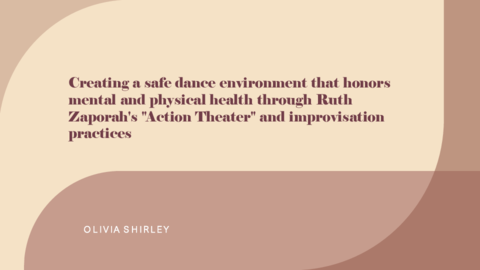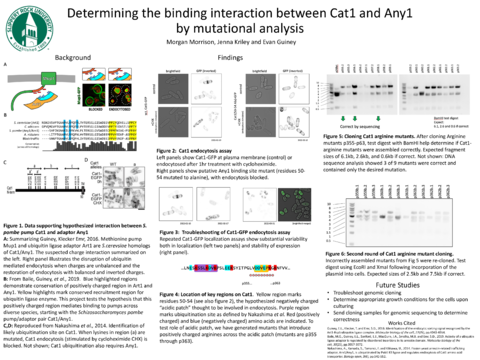Title
2022 Symposium for Student Research, Scholarship, and Creative Activity
Description Long
The Symposium for Student Research, Scholarship, and Creative Activity is traditionally a single-day event that is designed to showcase undergraduate and graduate student work. Previously known as the Symposium for Research and Scholarship, the Symposium was established in 2001 by Dr. Patrick Burkhart.









